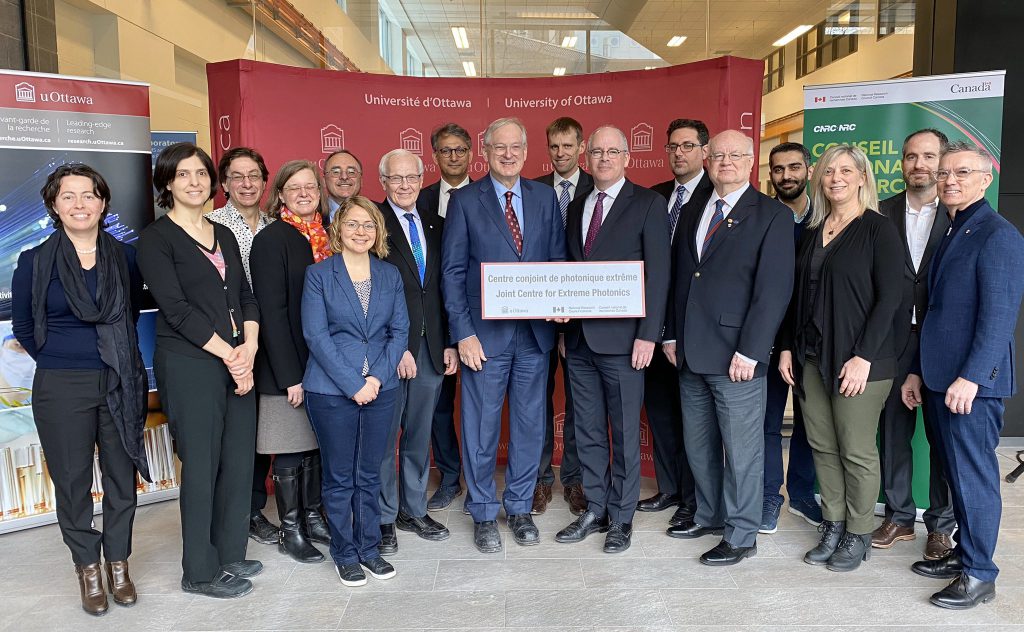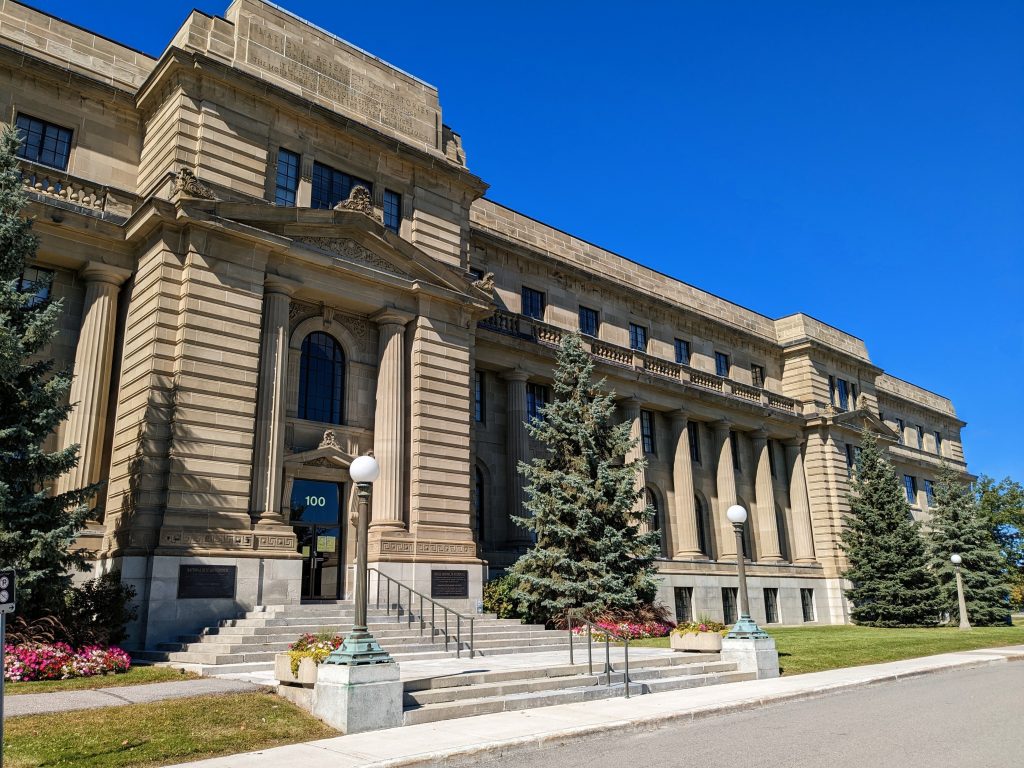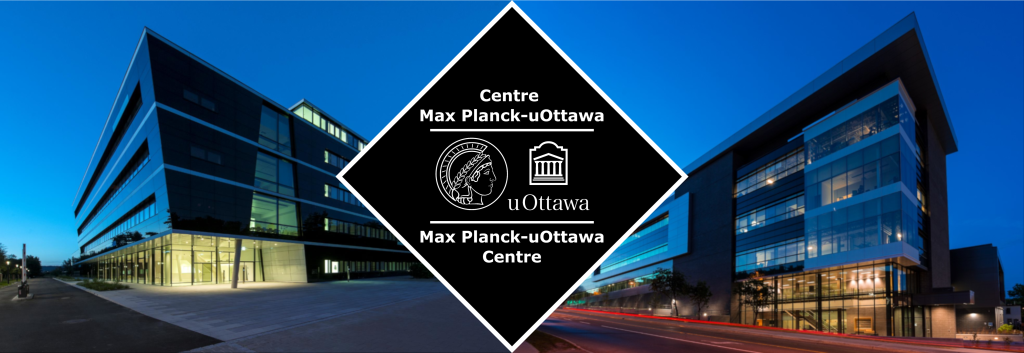
The Joint Centre for Extreme Photonics

The Joint Centre for Extreme Photonics (JCEP) is a joint undertaking between the National Research Council (NRC) and the University of Ottawa (uOttawa). Since 2019 its goal is to amplify the research efforts of both organizations in photonics.
“Extreme photonics” refers to the two limits of intensity – high and low. On the low-intensity side, we produce pulses of light so weak that each holds only a single photon – this is the realm of quantum optics, quantum communication, and other quantum photonics technologies. On the high-intensity side, we use laser pulses so strong that they readily rip apart atoms and molecules, generate XUV attosecond pulses, and can be used to create very intense terahertz pulses.
JCEP is formed by twelve fellows, half of whom are full professors at uOttawa while the other half are scientists at NRC. These fellows form core teams of two to collaborate within JCEP on projects of joint interest. The core teams also collaborate amongst each other, which is aided by regular joint seminars, and an annual workshop where the students and postdocs get to know the work performed within JCEP. JCEP has established the Alexander Szabo Fellowship together with SPIEE which allows a top scientist from the Global South to come to Ottawa and join one JCEP team for up to 6 months.

Max Planck

The Max Planck – University of Ottawa Centre for Extreme and Quantum Photonics provides a platform that facilitates close research collaboration between the University of uOttawa, the Max Planck Institute for the Science of Light, and the Max Planck Institute for Quantum Optics.
Since its establishment in 2015, it has successfully achieved this goal by sponsoring student and staff exchanges, international workshops and seminars, annual meetings of all fellows, and the establishment or expansion of collaborative research projects.
In 2019, the success of the Centre convinced the Max Planck Society to renew the Centre for an additional 5-year period.
The Centre has a broad research portfolio encompassing many topics of current interest in optics and photonics. Particular areas of interest include, but are not limited to, fundamentals and applications of structured light, nano- and biophotonics, the development of optical methods relevant to quantum information and nanoscience, the study of attosecond phenomena, and the fabrication of devices and novel materials for use in classical and quantum optics.

NanoFab
The NanoFab Facility is where the fabrication of devices and novel materials for use in classical and quantum science happens. “NanoFab” refers to the fabrication and research of anything at the nanometer scale and it is the only facility in Ottawa focused on nanoscale research. With it being open to collaborations with academia, government and industry, uOttawa’s NanoFab is complementary to existing facilities at local universities and government labs.
With over $20M invested into tools, the NanoFab Facility attracts students and researchers from all fields of STEM, with research activities covering lithography, metrology, characterisation, MOCVD growth, the fabrication of metasurfaces and nanostructures, and much more. The NanoFab Facility, situated in the Advanced Research Complex (ARC) on the uOttawa main campus, has over 230m2 of floor space with more than half of it being dedicated to the three clean-rooms of class 10 000. The remaining space comprises a wet chemistry and a metrology lab
.






